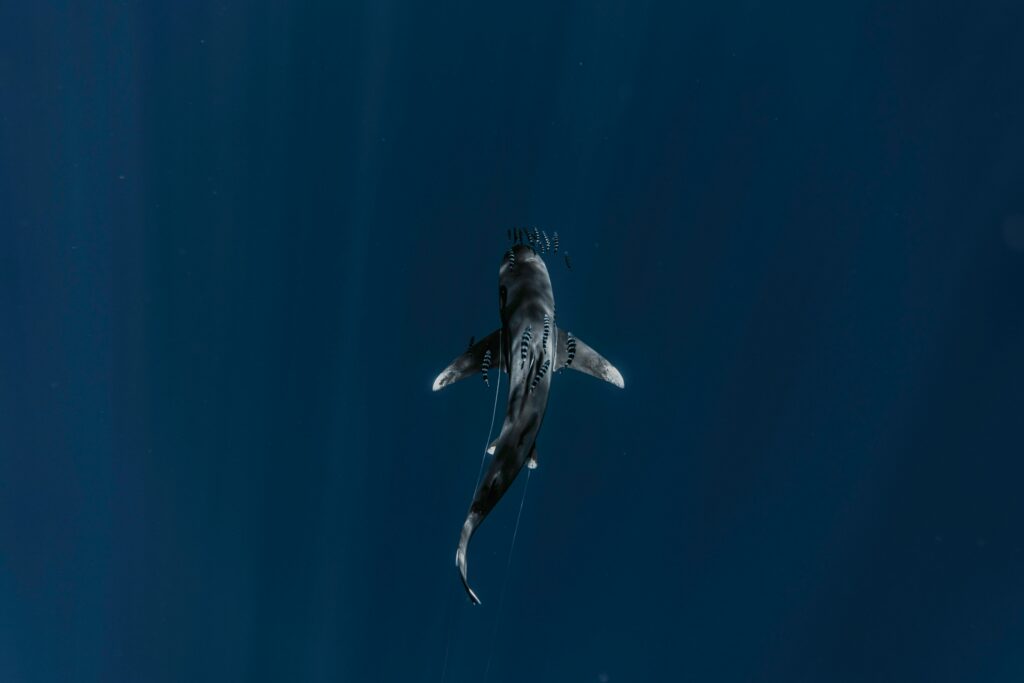Introduction
Welcome to the realm of the pocket shark, a mysterious denizen of the deep sea that continues to captivate scientists and enthusiasts alike. In this comprehensive guide, we will embark on an exploration of this remarkable creature, delving into its origins, anatomy, habitat, behavior, and more. Prepare to be amazed as we uncover the secrets of the pocket shark and gain a deeper understanding of its significance in the marine ecosystem.

The term “pocket shark” refers to a small species of shark belonging to the family dalatide. These diminutive sharks, known for their pocket-like orifice behind the pectoral fin, inhabit the depths of the ocean and possess unique characteristics that set them apart from other members of their family.
Origins of the Name
The intriguing name “pocket shark” stems from the distinctive orifice located near the pectoral fin, which resembles a small pocket. This anatomical feature, although puzzling in its purpose
, is believed to play a role in fluid dynamics or reproductive processes.
Anatomy of the Pocket Shark
Physical Characteristics
Pocket sharks typically exhibit a slender body with a length ranging from a few inches to a foot. Their skin is covered in tiny dermal denticles, providing protection and reducing drag as they navigate through the water. These sharks often display various shades of gray or brown, enabling them to blend seamlessly with their surroundings in the deep-sea environment.
Unique Features
One of the most distinctive features of the pocket shark is its luminous organs, known as photophores, which emit bioluminescent light. These light-producing structures serve multiple functions, including camouflage, communication, and attracting prey. Additionally, the presence of ampullae of Lorenzini allows pocket sharks to detect electrical signals emitted by potential prey, aiding in hunting and navigation.
Habitat and Distribution

Deep-Sea Dwellers
Pocket sharks are primarily found in the deep waters of the ocean, typically at depths ranging from 200 to 1,000 meters. Their preferred habitat includes continental slopes, submarine canyons, and abyssal plains, where they roam in search of food and suitable breeding grounds.
Global Distribution
While specific data on pocket shark populations remains limited, they have been documented in various regions across the globe, including the Gulf of Mexico, off the coast of South America, and the waters surrounding New Zealand. Their widespread distribution underscores the adaptability of these elusive creatures to diverse oceanic environments.
Behavior and Diet
Feeding Habits
Pocket sharks are opportunistic feeders, preying on small fish, squid, and crustaceans found in their deep-sea habitat. Their diet primarily consists of mesopelagic and bathypelagic species, which inhabit the twilight and midnight zones of the ocean.
Reproductive Strategies
Little is known about the reproductive behavior of pocket sharks due to their rarity and the challenges associated with studying deep-sea organisms. However, it is believed that they reproduce via ovoviviparity, with females giving birth to live young after an internal gestation period.

Conservation Status
Threats and Conservation Efforts
As inhabitants of the deep ocean, pocket sharks face minimal direct threats from human activities such as fishing or habitat destruction. However, indirect impacts, such as climate change and ocean pollution, pose potential risks to their survival. Conservation efforts aimed at preserving deep-sea ecosystems and reducing anthropogenic impacts are crucial for safeguarding pocket shark populations and their habitats.
Pocket Shark: Myth vs. Reality
Mythical Associations
Throughout history, sharks have often been shrouded in myth and misconception, fueling fears and misunderstandings about these apex predators. While the pocket shark may not possess the formidable reputation of its larger counterparts, it nonetheless remains an intriguing and elusive species worthy of study and conservation.

Scientific Discoveries
Recent scientific expeditions and advancements in deep-sea exploration have shed new light on the pocket shark, revealing previously unknown aspects of its biology, behavior, and ecological role. By unraveling the mysteries of this enigmatic creature, researchers are gaining valuable insights into the complex dynamics of the deep ocean ecosystem.
